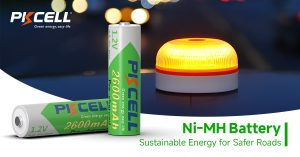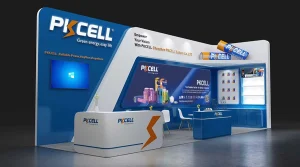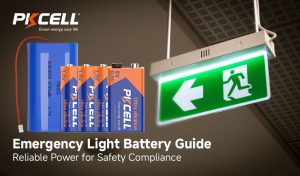In a world increasingly driven by portable technology, the USB Rechargeable Lithium Battery has emerged as a game-changer. USB rechargeable lithium battery is a kind of movable battery carried in your life, its convenient feature and high efficiency are favored by most people, therefore, which are a highly recommended product in the global market. From wireless earbuds to flashlights, grooming tools to bike lights, this compact powerhouse is revolutionizing how we stay charged and connected.

Overall Advantage of USB Rechargeable Battery
- Convenience
Unlike traditional rechargeable batteries, they don’t require a specific external charger, as they have a built-in USB port for direct charging. You can recharge USB-rechargeable batteries anywhere you find a USB port, such as through a computer, car charger, or power bank.
- Eco-Friendliness
They can reduce waste by eliminating single-use batteries.
- 비용 효율성
Save money over time with thousands of recharge cycles
- Long-term savings
While the initial cost might be higher, their ability to be recharged hundreds of times makes them a more economical choice over time compared to buying numerous disp
- Consistent output
Many USB-rechargeable batteries use lithium-ion chemistry, which provides a stable, higher voltage for better device performance.
- Compact Power
Lithium technology delivers high energy density in a small package.
What are the Common Types of USB Rechargeable Batteries?
There are three popular types applied in the USB rechargeable battery commonly,
including AA and AAA, 9V and 1.2V, Lithium-ion, and NiMH.
AA and AAA: Number 5 battery and number 7 battery are mostly applied in household devices, such as TV remote control, condition remote control, or the razor, etc.
9V and 1.2V: The smoke detectors, toys, and specialty electronics are powered by 9V or 1.2V batteries.
Lithium-ion or NiMH: Those two types of batteries applied depend on the brand and capacity.
USB-Rechargeable Batteries VS Standard Alkaline Batteries
“Traditional batteries” usually refer to alkaline batteries for single-use cells and lead-acid batteries for rechargeable applications (like car batteries). However, when people ask “how do these batteries compare,” they are often referring to modern Lithium-ion (Li-ion) batteries, which power our phones, laptops, and electric vehicles. In the following, we will compare the differences between USB chargeable batteries and standard Alkaline batteries.
| 기능 | USB-Rechargeable Batteries (Li-ion/NiMH) | Standard Alkaline Batteries |
| Initial cost | High investment | Immediate expense |
| Long-Term | Rechargeable up to 1000+ times | Single-use contributes to landfill |
| Convenience | Charge from any USB port, no separate charger needed for USB versions | Ready to use, widely available |
| 환경 영향 | Significantly less waste | Single-use contributes to landfills |
| 전압 | Often 1.5V (Li-ion with internal regulator) or 1.2V (NiMH) | 1.5V (Gradually decreases with use) |
| 성능 | Excellent for high-drain and frequently used devices; voltage is often more stable under load. | Best for low-drain and occasional-use devices. |
| 유통 기한 | Varies; modern low self-discharge (LSD) types are good, but generally less than alkaline. | Up to 10 years or more |
| Risk of Leaking | Low risk | Present, particularly when fully depleted or left in a device for a long time |
For frequently used, high-drain devices, the USB-rechargeable battery is the clear future-proof, economical, and responsible choice for everyday power needs.

 USB 충전식 리튬 배터리
USB 충전식 리튬 배터리





